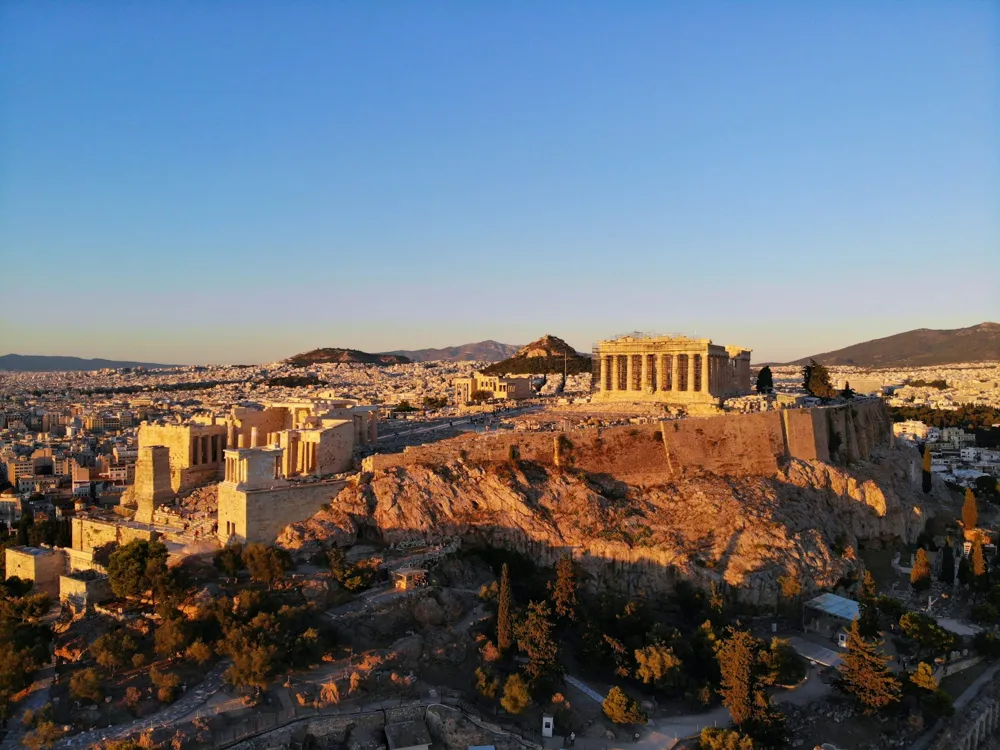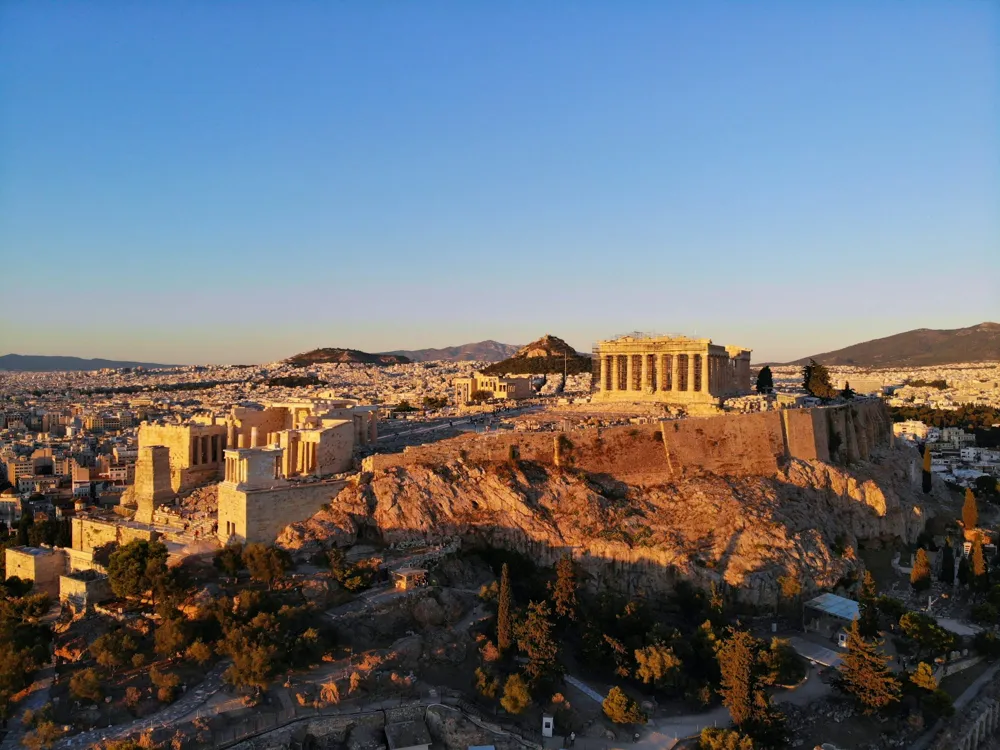The Library of Hadrian is a notable historical site located in Athens, Greece. Constructed in the early 2nd century AD by Roman Emperor Hadrian, it was designed as a cultural hub, featuring a library, lecture rooms, and garden courtyards. This architectural masterpiece was part of Hadrian's broader effort to enrich the city of Athens and serve as a center for the arts and learning. The architecture of the Library of Hadrian is a fascinating blend of Greek and Roman styles. The structure originally encompassed a rectangular enclosure measuring approximately 122 meters by 82 meters, surrounded by high walls. Inside, the library was adorned with columns, a reading room, and spaces for lectures and discussions. Notably, the library housed papyrus scrolls and was a significant repository of ancient knowledge. 1. Wear comfortable shoes as the site involves a lot of walking. 2. Bring a water bottle to stay hydrated, especially during the hot summer months. 3. Consider hiring a guide or using an audio guide to gain a deeper understanding of the site's history and significance. 4. Don't forget to bring a camera to capture the stunning architecture and the remnants of ancient Athens. 5. Check the opening hours before your visit, as they can vary seasonally. To reach the Library of Hadrian, visitors can use various modes of public transportation available in Athens. The site is accessible via the Athens metro, with the closest station being Monastiraki, which is a short walk away. Buses and taxis also provide easy access to this historical landmark. For those preferring to walk, the library is located near other ancient sites in the historic heart of Athens, making it a convenient addition to a walking tour of the city. Read More:Overview of the Library of Hadrian
Architecture of the Library of Hadrian
Tips When Visiting the Library of Hadrian
Click to view tips for visiting the Library of Hadrian
How To Reach the Library of Hadrian
Library of Hadrian
Athens
₹ 25,800 onwards
View athens Packages
Athens Travel Packages
View All Packages For Athens
Top Hotel Collections for Athens

Private Pool

Luxury Hotels

5-Star Hotels

Pet Friendly
Top Hotels Near Athens
Other Top Ranking Places In Athens
View All Places To Visit In athens
View athens Packages
Athens Travel Packages
View All Packages For Athens
Top Hotel Collections for Athens

Private Pool

Luxury Hotels

5-Star Hotels

Pet Friendly






















